June 20, 2025 | 01:09 GMT +7
June 20, 2025 | 01:09 GMT +7
Hotline: 0913.378.918
June 20, 2025 | 01:09 GMT +7
Hotline: 0913.378.918
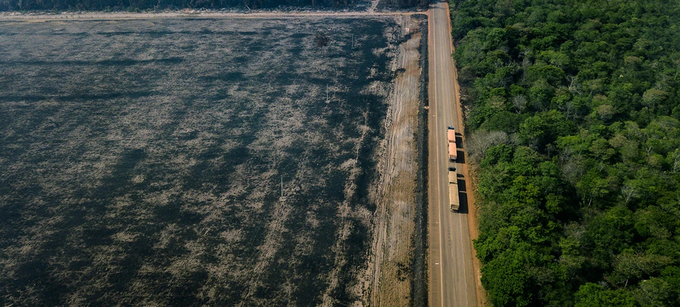
Burnt land in Pará state, Brazil, where wide tracts of the Amazon rainforest have been cleared for soya-bean production. Credit: Gustavo Basso
Nearly all strategies to meet climate targets or preserve global biodiversity require the world’s agricultural land area to be held at current levels or reduced. More precisely, the world must decrease its ‘land carbon footprint’, which is the quantity of carbon lost from native habitats to supply agricultural products and wood. But rising populations and incomes put the world on track to require 40–60% more crops and 70% more milk and meat in 2050 than in 20101. Even factoring in higher yields, models project that cropland will expand by 100 million to 400 million hectares (Mha) globally over this period1,2. Indeed, remote sensing of recent growth rates3 puts the world’s cropland on track to consume 450 million more hectares over this period, an area 1.5 times the size of India.
To meet the challenge, countries must do more to maintain or reduce their land carbon footprints. They can do so by boosting crop and livestock yields and by reducing demand, particularly for products that require a lot of land to produce, such as meat.
The world must also rapidly reduce its fossil-fuel emissions, with the European Union playing a key part. The bloc is on the cusp of enacting its ambitious ‘Fit for 55’ plan, designed to reduce greenhouse-gas emissions by 55% by 2030, relative to 1990 levels. New energy laws are at its centre: a revised directive to increase renewable energy to 40–45% by 2030, tighter caps on emissions from factories and power plants, and requirements that aviation and shipping industries shift to alternative fuels. The EU is also finalizing laws that it says will increase land-based carbon storage and biodiversity in Europe and reduce deforestation abroad.
Unfortunately, although other parts of the plan should reduce emissions, the broad rules assigning climate benefits to bioenergy will undermine carbon storage and biodiversity both in Europe and globally, by expanding Europe’s outsourcing of agricultural production to other countries. By treating biomass as ‘carbon neutral’, the rules create incentives to harvest wood and to divert cropland to energy crops, regardless of the consequences for land-based carbon storage.
The threats to food supply from the war in Ukraine highlight how land-use choices matter. We calculate that cutting 85% of Europe’s use of biodiesel and half of US and European grain ethanol could free up enough crops to replace all Ukraine’s vegetable oil and grain exports (see Supplementary information, which includes data, methodology and further references for all our calculations).
Here we analyse these trade-offs and describe how Europe can, with reforms, take a more environmentally friendly path.
Reducing Europe’s footprint
Recent environmental improvements might give the impression that Europe has ‘spare’ land available for growing more bioenergy crops. However, that is a misperception created by Europe’s vast historical land carbon footprint. Although the area of European farmland has declined enough for forest cover to increase from 25% of land in 1900 to 35% today (according to the HILDA model4), still more than half of Europe’s past forests are gone. And most today are managed to produce wood rather than to provide natural carbon storage or biodiversity. Yet the reasons behind this forest recovery are instructive for how to reduce land carbon footprints. They include boosting crop and livestock yields and slowing population growth. The decline in traditional bioenergy from reductions in the numbers of working animals has also reduced the need to devote vast areas to pasture and feeds.
Climate strategies require that Europe decrease its currently large land carbon footprint. This is feasible. Europe’s population is likely to remain stable or decline over the next decade and beyond, and meat consumption has probably peaked. Because yields should continue to grow, the same models that project vast cropland expansion globally in 2010–50 typically project that the area of European cropland will reduce by 10 Mha to 50 Mha. Without European reductions, global cropland is therefore likely to expand even more.
To stop this expansion, Europe must reduce its land carbon footprint even more by reducing its meat and milk consumption2,5. The average European consumes four times more meat and milk than does the average person in poorer countries, which will hold 60% of the global population in 20501. Milk and meat have large footprints, and consumption in these countries is likely to grow. Reductions in Europe are necessary to compensate for this growth elsewhere.
Outsourcing and carbon costs
Europe’s outsourcing of agricultural land might also contribute to this misconception of spare land at home. Although EU nations expanded their own forests by 13 Mha between 1990 and 2014, the region’s agricultural imports led to an estimated 11 Mha of deforestation outside Europe, mainly in the tropics6. Another study7 found that deforestation emissions account for one-sixth of the emissions of the average European diet.
Although these studies trace Europe’s imports directly to recent deforestation, a fuller measure of Europe’s footprint should take into account foreign agricultural land used to supply the continent (regardless of its conversion date), all of which contributes to a reduction in carbon storage and biodiversity. And the calculations should credit Europe for land ‘saved’ abroad by its food exports.
Combined, we find that Europe appropriates 1 hectare of cropland abroad for each 4 hectares of cropland in Europe.
To estimate the carbon costs of this outsourcing, we apply ‘carbon opportunity costs’ to European imports and exports. These estimate the quantity of carbon lost per year to generate one tonne of each different crop or livestock product, divided (or ‘amortized’) by roughly 35 years8. They indicate how much carbon could be stored globally, on average, if the world consumed one less tonne of that product.
Between 2012 and 2020, we find that Europe has run a large ‘land-carbon trade deficit’ of around 400 million tonnes of carbon dioxide equivalent (MtCO2e) per year (see ‘EU’s land-carbon trade deficit’).
(Nature)
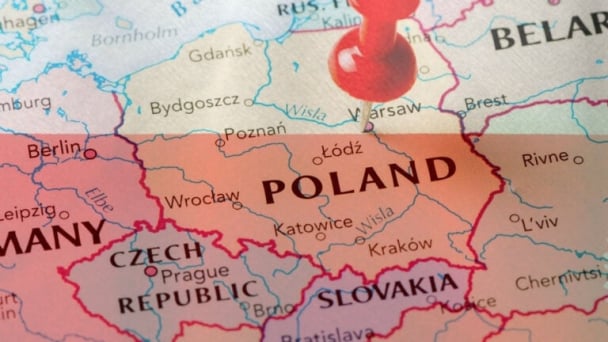
(VAN) Poultry production in Poland, which has only started recovering from devastating bird flu outbreaks earlier this year, has been hit by a series of outbreaks of Newcastle disease, with the veterinary situation deteriorating rapidly.
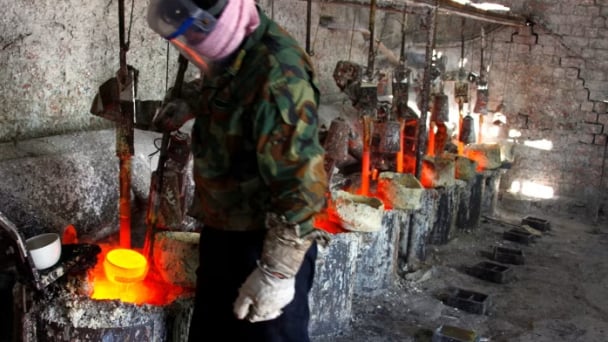
(VAN) Extensive licensing requirements raise concerns about intellectual property theft.
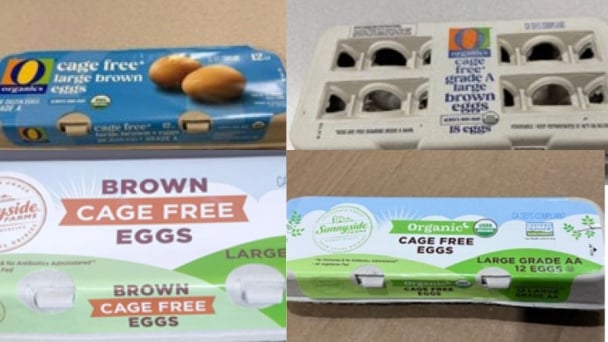
(VAN) As of Friday, a salmonella outbreak linked to a California egg producer had sickened at least 79 people. Of the infected people, 21 hospitalizations were reported, U.S. health officials said.
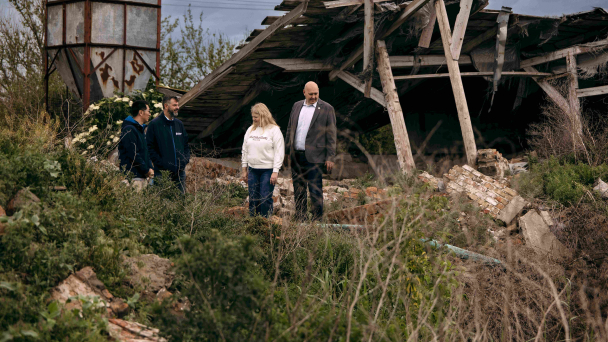
(VAN) With the war ongoing, many Ukrainian farmers and rural farming families face limited access to their land due to mines and lack the financial resources to purchase needed agricultural inputs.

(VAN) Vikas Rambal has quietly built a $5 billion business empire in manufacturing, property and solar, and catapulted onto the Rich List.
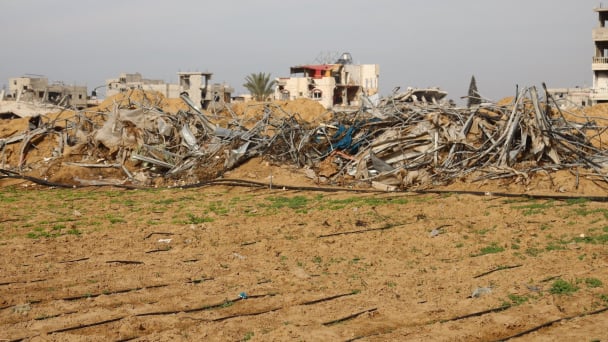
(VAN) Available cropland now at less than five percent, according to latest geospatial assessment from FAO and UNOSAT.

(VAN) Alt Carbon has raised $12 million in a seed round as it plans to scale its carbon dioxide removal work in the South Asian nation.